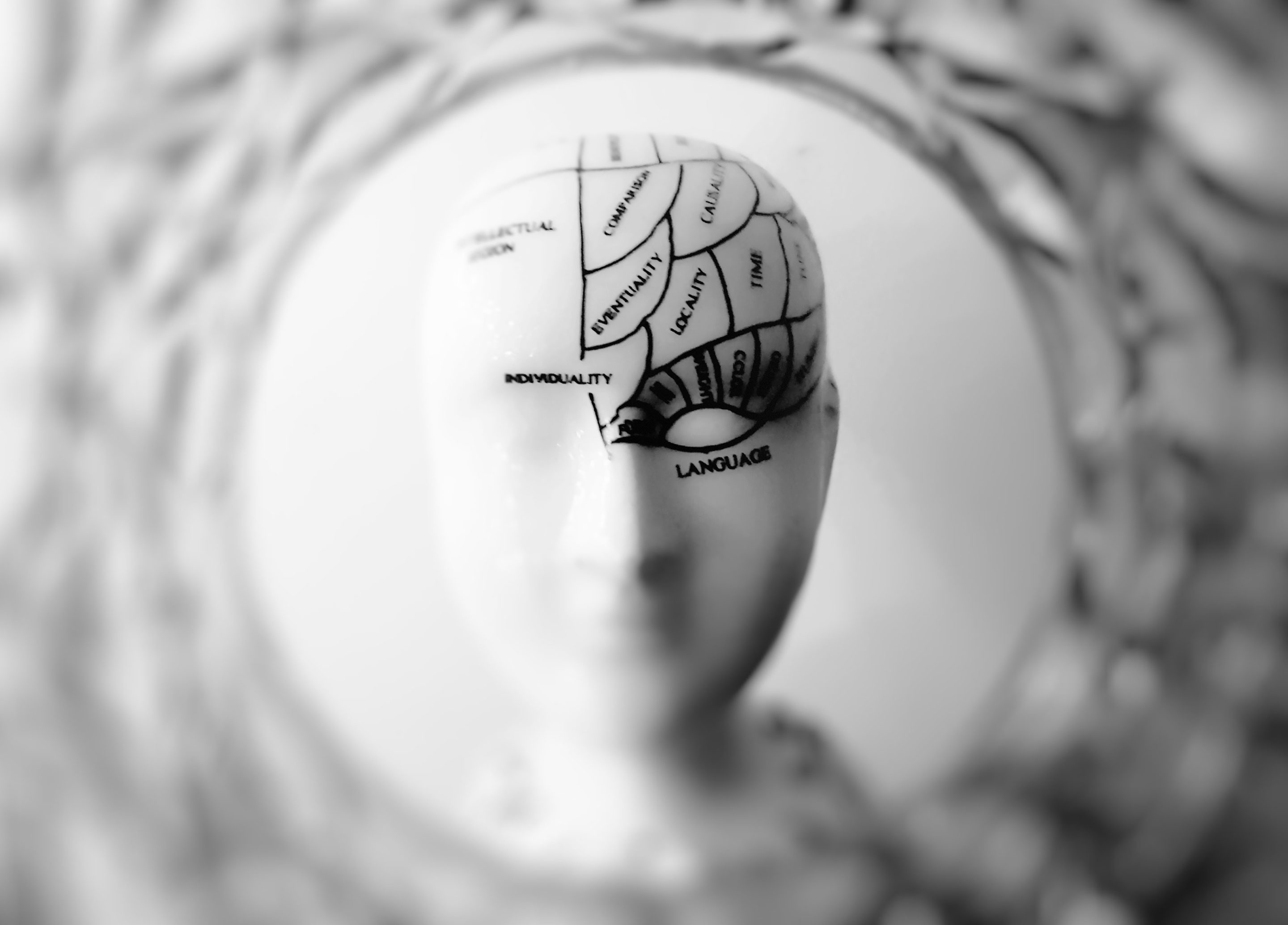Living with ADHD can feel like navigating a storm of emotions, distractions, and unmet expectations. From struggling to meet deadlines to managing relationships, ADHD challenges often spark self-criticism and feelings of inadequacy. Yet, what if the key to thriving wasn’t about “fixing” yourself, but instead learning to embrace your unique brain with compassion?
Compassion, both for oneself and from others, can profoundly reshape how you experience ADHD. Compassion practices, dating back thousands of years, are still relevant today and can offer you tools to replace self-judgment with understanding, helping you manage symptoms while building a life of self-acceptance and empowerment.
Looking at ADHD Through a Compassionate Lens
ADHD isn’t a flaw—it’s a difference in how the brain processes information and emotions. This difference often results in incredible creativity, energy, and problem-solving abilities, but it can also lead to challenges like disorganization or impulsivity.
Society’s emphasis on “normalcy” can make those with ADHD feel like they’re constantly falling short, fueling cycles of shame and self-criticism. By shifting the focus from “What’s wrong with me?” to “What does my brain need to thrive?” a self-compassion view will allow you to embrace ADHD as part of your identity, rather than a problem to solve.
The Science of Compassion and ADHD
Compassion isn’t just a feel-good concept—it’s a scientifically backed tool for improving emotional and mental well-being. Yet for individuals with ADHD, self-compassion often feels like an uphill battle. Many with ADHD are deeply familiar with feelings of frustration, self-blame, and shame, stemming from challenges like forgetting important tasks, struggling to focus, or reacting impulsively.
Dr. Kristin Neff, a leading researcher on self-compassion, acknowledges that individuals who face repeated setbacks often develop harsh inner critics. For those with ADHD, these critical voices can become deeply entrenched, fueled by societal expectations to “just try harder” or “get it together.” Dr. Neff’s research shows, however, that self-compassion—a practice of treating oneself with the same kindness offered to a friend—can interrupt this cycle of self-judgment.
Dr. Paul Gilbert, the creator of Compassion-Focused Therapy (CFT), explains that self-criticism often stems from our brain’s threat system, which is overactivated in stressful situations. This is particularly relevant for individuals with ADHD, whose emotional regulation systems are often sensitive and reactive. Gilbert’s work highlights that compassion-based practices help activate the brain’s soothing systems, promoting a sense of safety and calm even during challenging moments.
Neuroscientific research supports these ideas. Studies show that mindfulness and compassion-based practices can increase activity in the prefrontal cortex (responsible for planning and emotional regulation) and decrease activity in the amygdala (the brain’s fear and stress center). This is especially significant for those with ADHD, who often struggle with the interplay between intense emotions and executive dysfunction.
Practicing self-compassion isn’t about ignoring mistakes or minimizing struggles. For someone with ADHD, it means recognizing that their challenges are part of their neurodiversity, not a personal failing. It involves acknowledging the effort they’re putting in despite difficulties and reframing self-critical thoughts into supportive, constructive ones.
While building self-compassion can be difficult, particularly when feelings of inadequacy run deep, it’s a skill that can be cultivated over time. By replacing self-criticism with understanding, those with ADHD can begin to break free from cycles of shame and embrace their unique strengths.
Emotion-Focused and Gestalt Approaches to Compassion
Emotion-Focused Therapy (EFT) is a powerful tool for cultivating compassion. It invites individuals to confront and soften their inner critical voices, replacing them with a nurturing, supportive internal dialogue. For instance, in EFT, you might explore a memory where you felt judged and imagine offering your younger self compassion instead of criticism.
Similarly, Gestalt Therapy emphasizes awareness in the present moment. Through techniques like chair work, individuals can externalize and engage with their inner critic, transforming it into an ally. Gestalt also teaches that all emotions, even those that feel overwhelming, are valuable and can guide us toward understanding and self-acceptance.
Spiritual Practices to Deepen Compassion
Spirituality offers another avenue for fostering compassion. Practices like mindfulness and meditation help anchor individuals with ADHD in the present moment, reducing overwhelm and enhancing focus.
One simple yet effective practice is loving-kindness meditation. By silently repeating phrases like “May I be happy, may I be healthy, may I be free of suffering,” individuals can nurture a kind, patient relationship with themselves. Similarly, grounding exercises—such as focusing on your breath or the sensation of your feet on the floor—can help manage moments of impulsivity or emotional intensity.
Practical Compassion Practices for Daily Life
Building compassion doesn’t require hours of practice—it can start with small, consistent steps:
- Self-Compassion Breaks: When you feel overwhelmed, pause and remind yourself, “This is hard, but I’m doing my best.”
- Reframe Setbacks: Instead of viewing a forgotten task as a failure, see it as an opportunity to understand your ADHD needs better.
- Mindful Breathing: Take three slow, deep breaths when emotions spike, helping you reset and choose your next action mindfully.
- Journaling Prompts: Write about a moment when you showed kindness to yourself and how it felt.
These practices, though small, accumulate to create meaningful change.
Compassion in Relationships
ADHD often impacts relationships, whether through miscommunication or emotional reactivity. Compassion, when extended to both oneself and one’s partner, can transform these dynamics.
For example, instead of judging yourself for forgetting an important date, you might acknowledge the intention behind your effort and communicate openly with your partner. In couples therapy, especially for neurodiverse couples, fostering mutual compassion can create deeper understanding and connection.
Thriving with ADHD Through Compassion
Living with ADHD is a journey, one that requires patience, understanding, and support. Compassion isn’t about dismissing challenges but approaching them with kindness and curiosity. Whether through therapy, spiritual practice, or small daily actions, compassion can empower individuals with ADHD to embrace their strengths and navigate their challenges with grace.
If you’re ready to explore how compassion practices can support your ADHD journey, consider scheduling a session. Together, we can create a path that honours your unique brain and helps you thrive.





Recent Comments